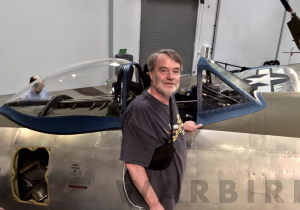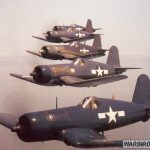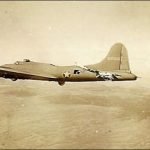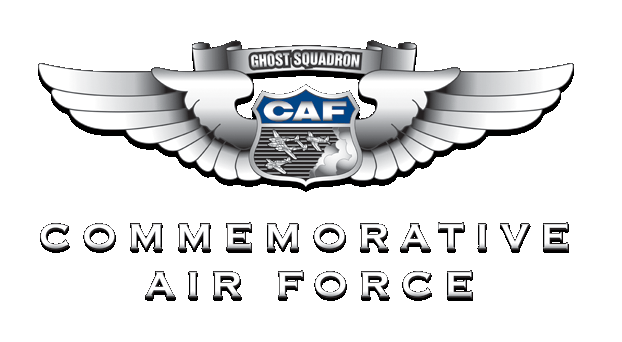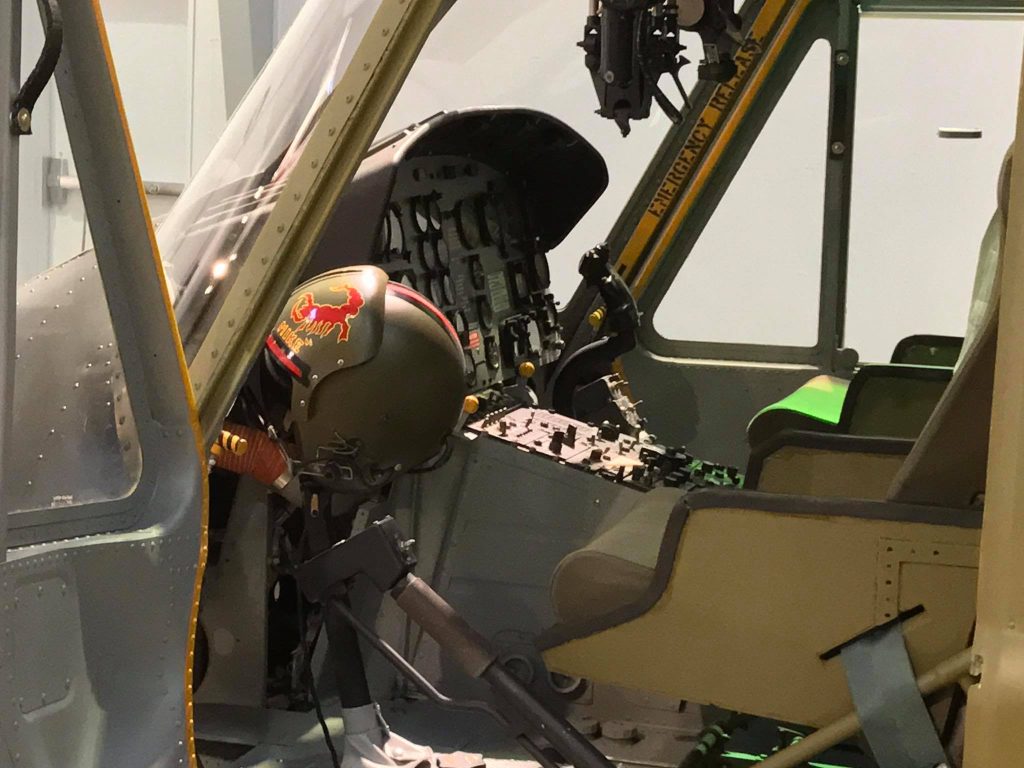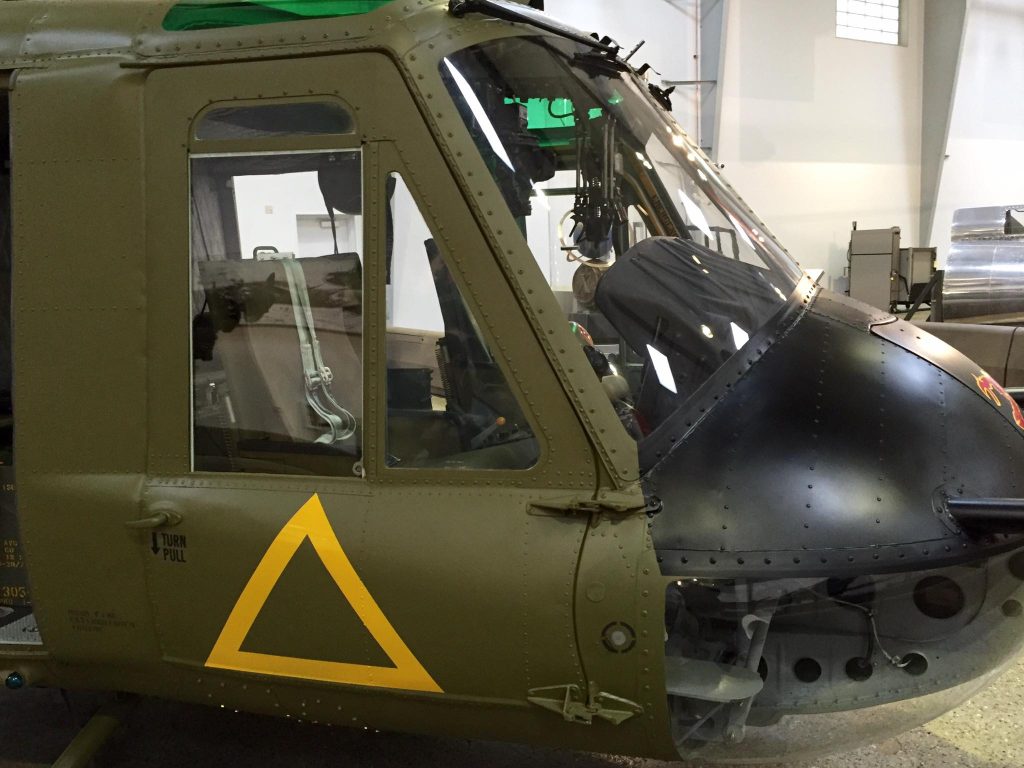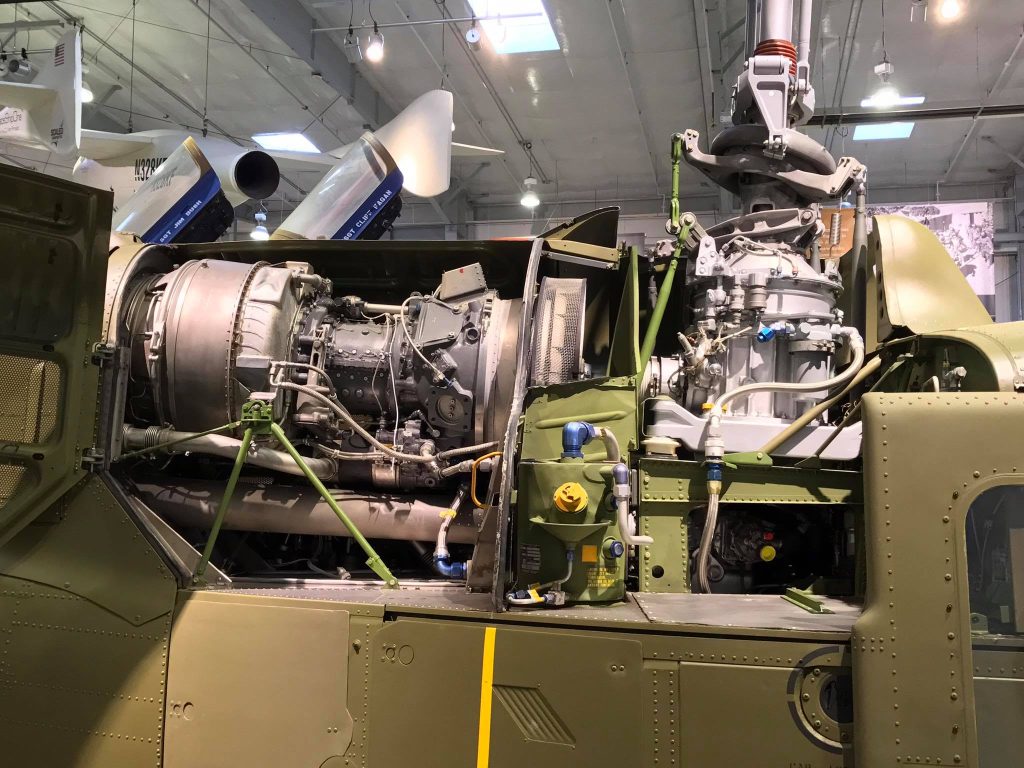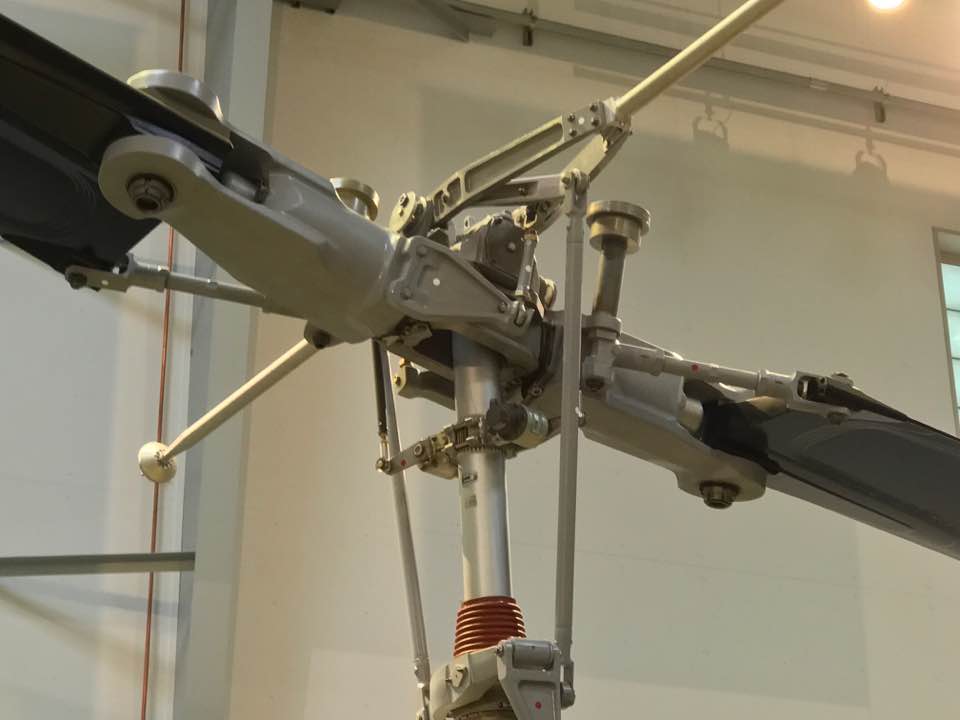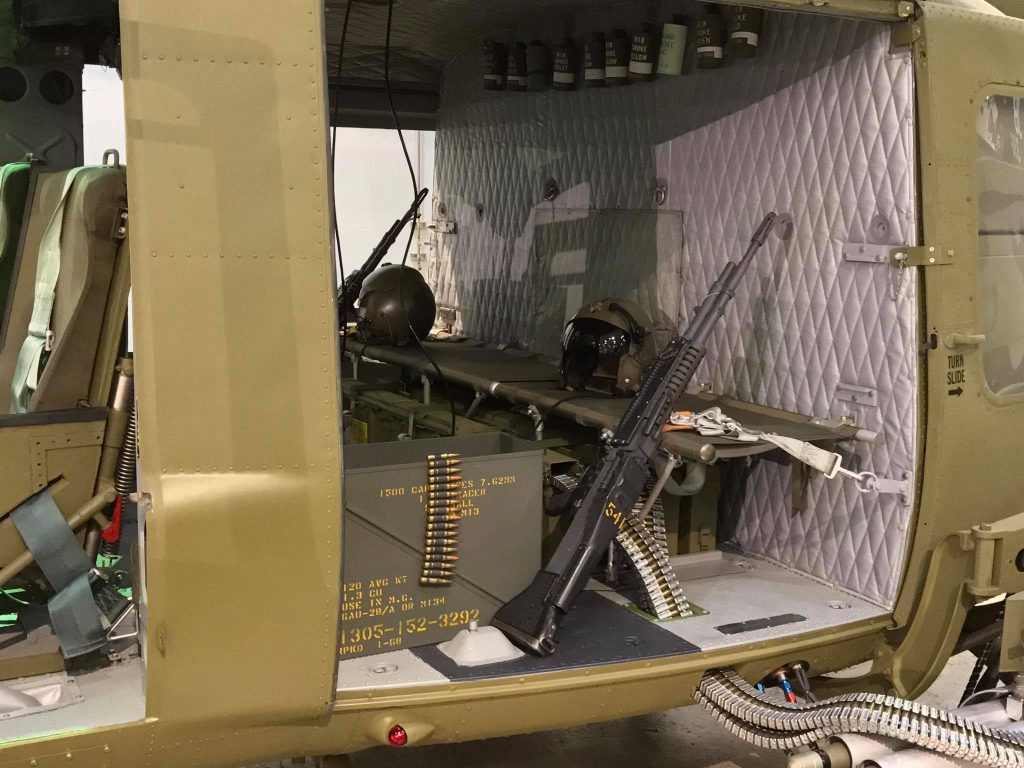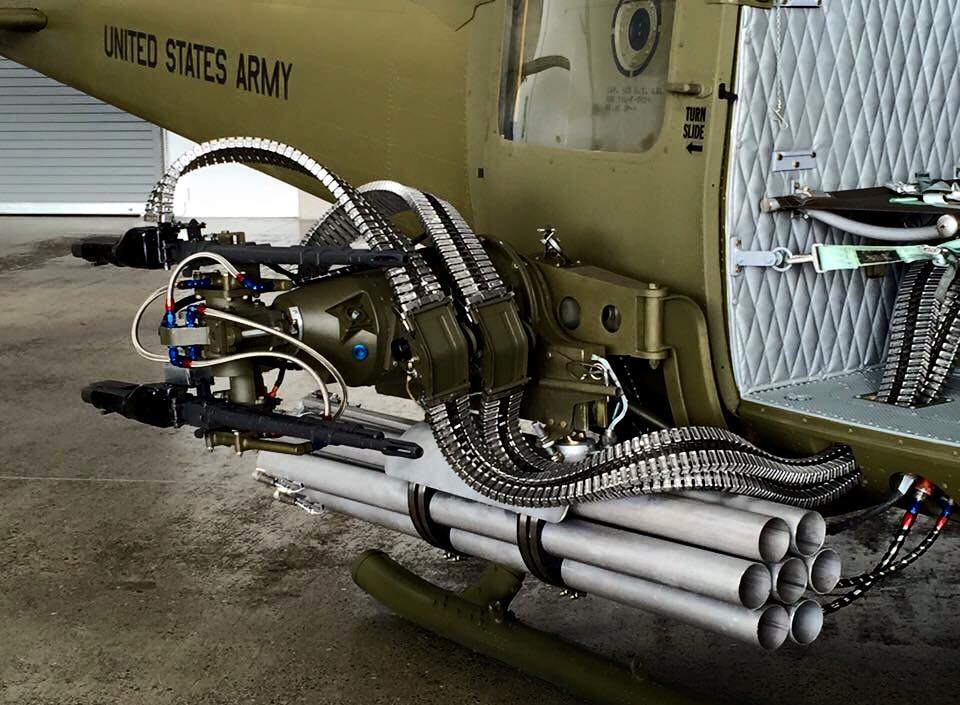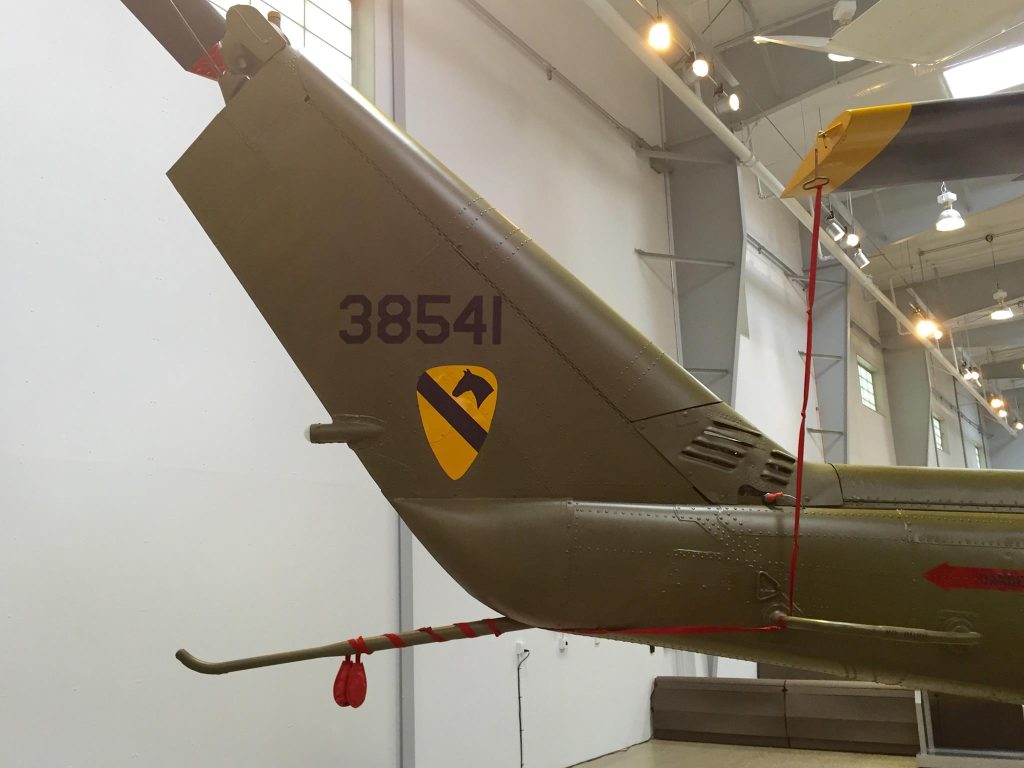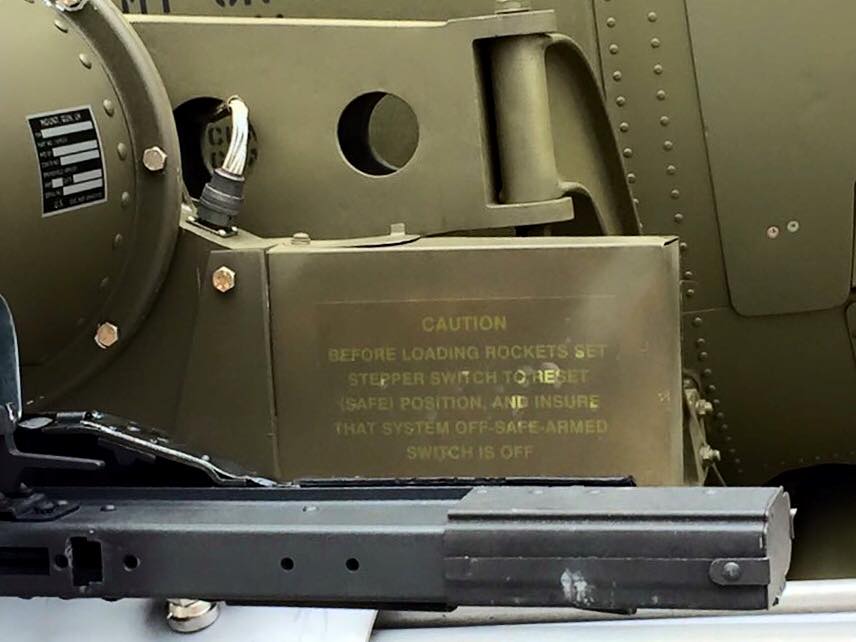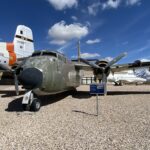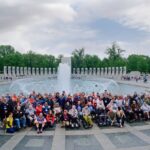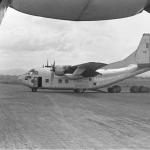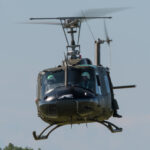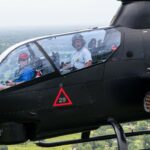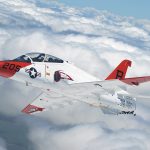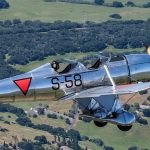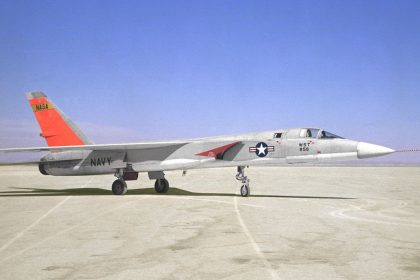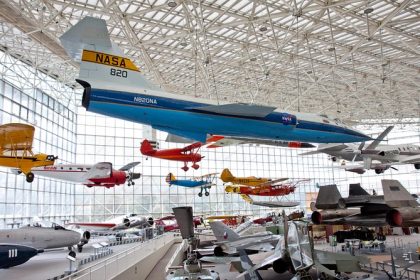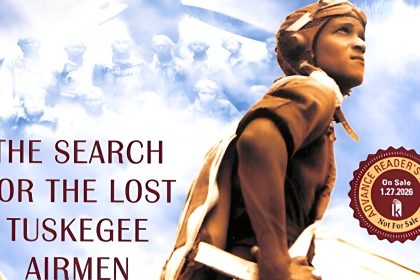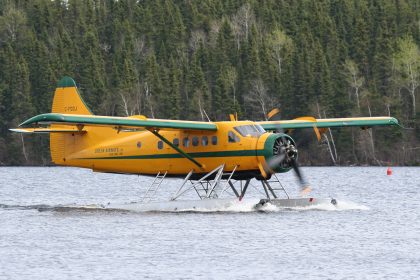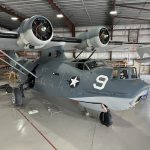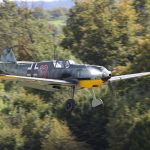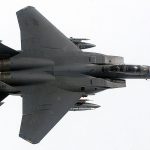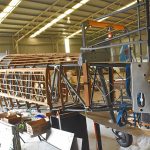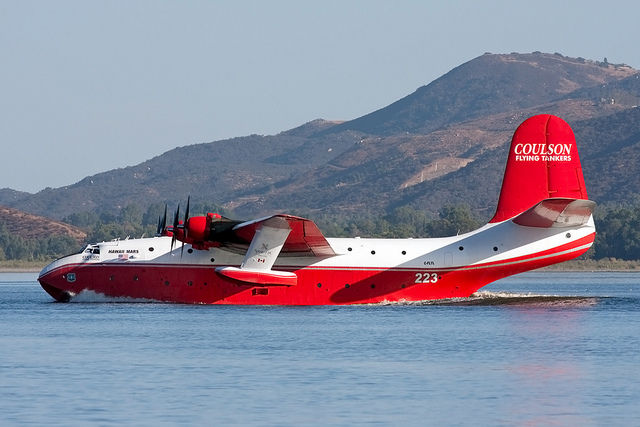By Randy Malmstrom
Since his childhood, Randy Malmstrom has had a passion for aviation history and historic military aircraft in particular. He has a particular penchant for documenting specific airframes with a highly detailed series of walk-around images and an in-depth exploration of their history, which have proved to be popular with many of those who have seen them, and we thought our readers would be equally fascinated too. This installment of Randy’s Warbird Profiles takes a look at the Flying Heritage & Combat Armor Museum‘s Bell UH-1B Huey.
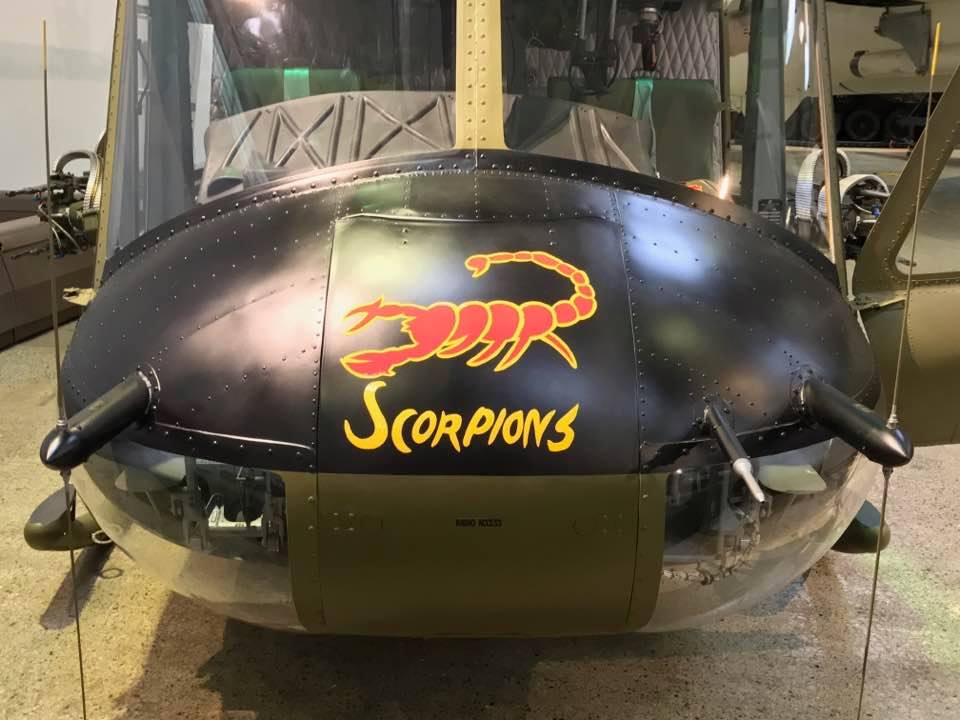
Bell Helicopter Company UH-1B Iroquois “Huey” c/n 763, U.S. Army serial number 63-08541. This particular aircraft was completed on January 24, 1964 in Fort Worth, Texas and accepted by the CCAD (Corpus Christi Army Depot) on January 27, 1964 and was shipped to Europe and assigned to D Troop, 4th Armored Division, United States Army Europe (USAREUR), where it flew 832 hours up until March 1966.
In April of that year, it went to the Seventh Army Aviation Training Center (USAREUR) at Schleißheim Army Air Field northwest of Munich (this was the location of a Luftwaffe night fighter training school during World War II and became the base for Night Interceptor Squadron 6 and the current sight of the Air Museum of the Deutsches Museum – I have been there).
By 1969, it became part of the 66th Aviation Company, 18th Aviation Battalion. At the end of 1969, it was assigned to the 2nd Armored Division and then the 1st Armored Division at Foot Hood (near Killeen, Texas). It is then listed as being with B Troop, 1st Squadron, 9th Cavalry. It was transferred numerous times and it appears that the last assignment was with the U.S. Property and Fiscal Office (USPFO) from December 1975 to June 1976.
It was then donated to the Aviation Maintenance Technology program at Columbus State Community College. After 1990, it went to civilian owners, and in 2014 it was acquired from Jet Aerospace Technologies for static display at the FHCAM on Paine Field in Everett, Washington. That collection has been acquired by Steuart Walton’s Wartime History Museum to be located on the same airfield.
The restoration work on the aircraft was done by Patrick Rodgers and the staff of Aircraft Restoration Services in Murrieta, California (associated with the Wings & Rotors Museum). It is painted with the markings of the 1st Cavalry Division, 9th Cavalry Regiment, A Troop (A-1/9), with the “Scorpions” such as found on the gunship of gunship platoon leader Captain Bernie L. Young with the yellow “Delta” tactical designator for A Troop on the door. My understanding is that certain components are timed-out on this aircraft and, coupled with the possibility of intense maintenance needs (i.e. “four hours of maintenance for every hour of flight”), it will likely not fly.
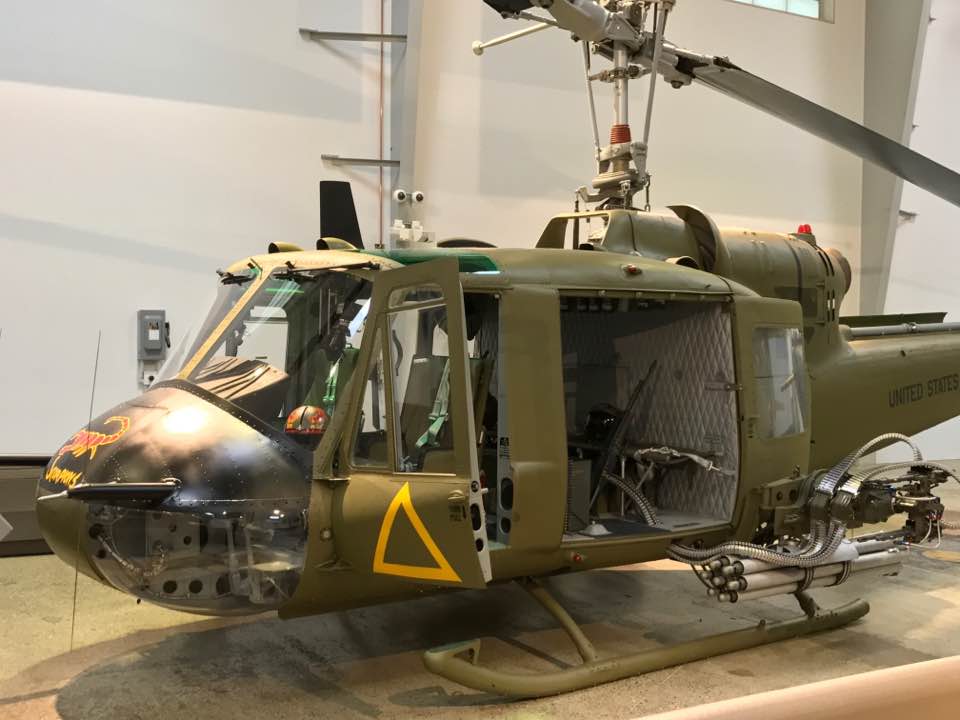
About the author
